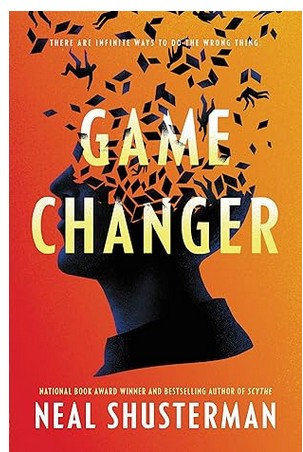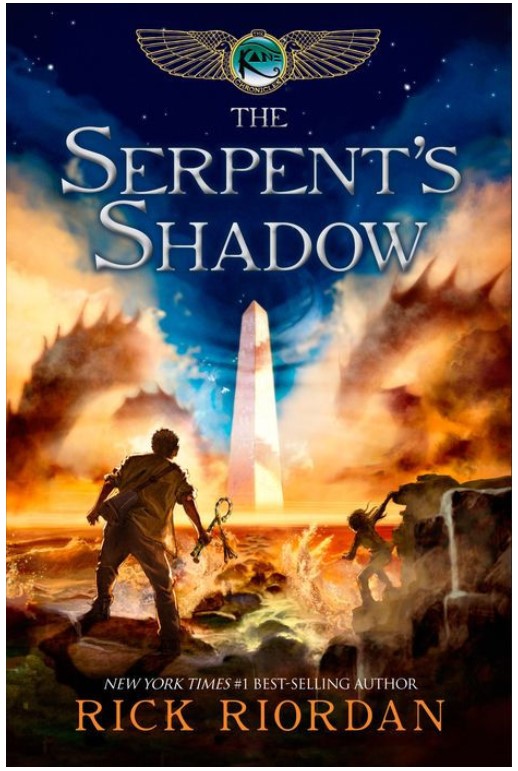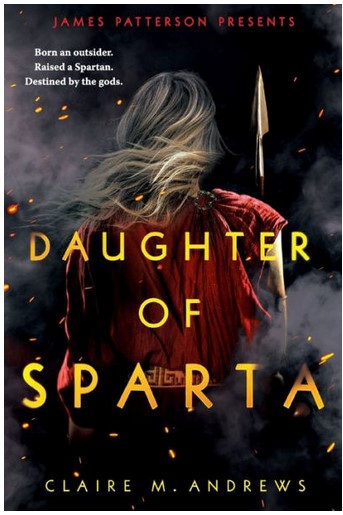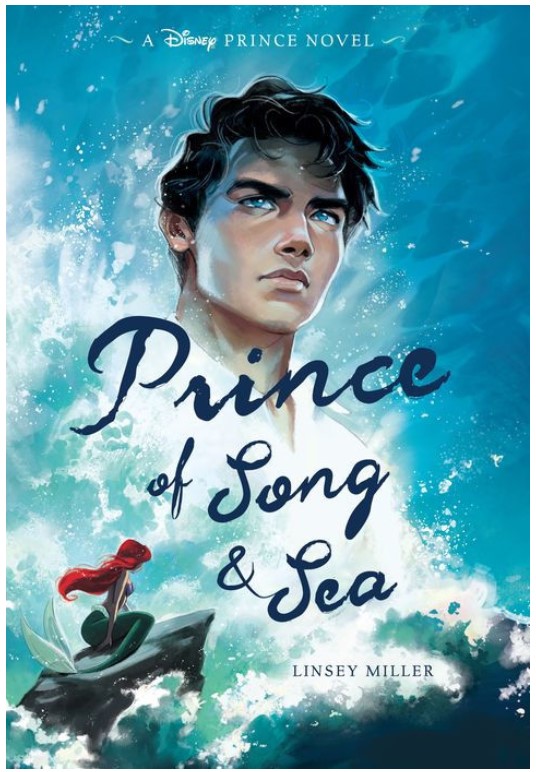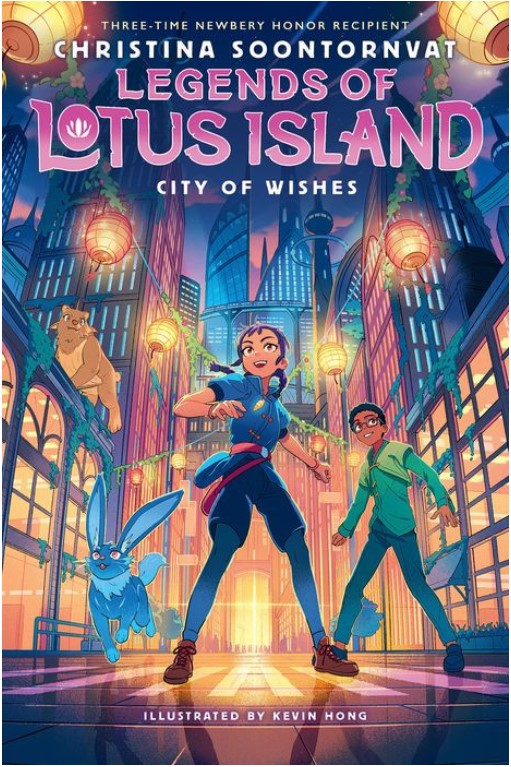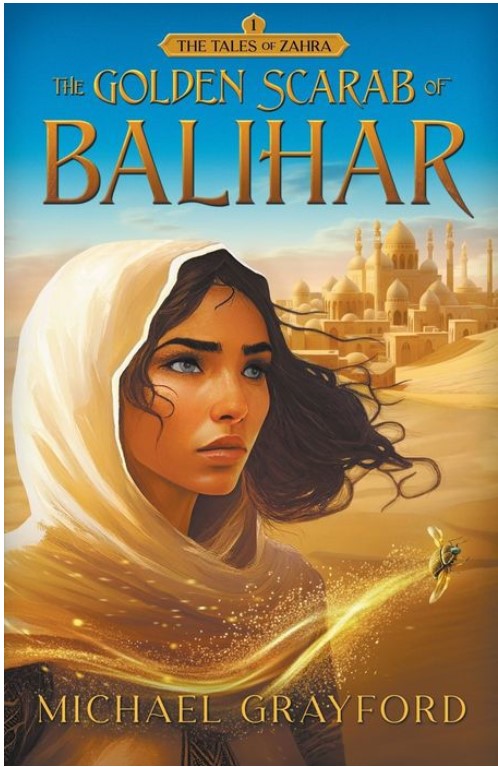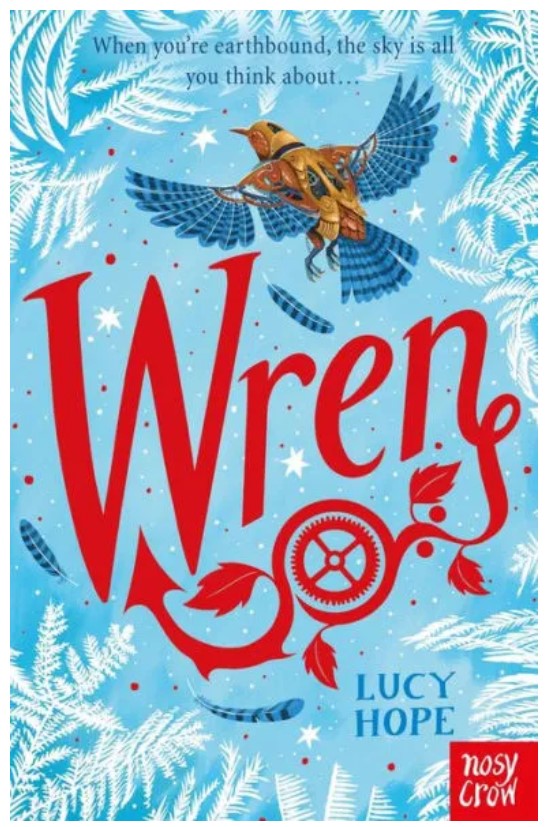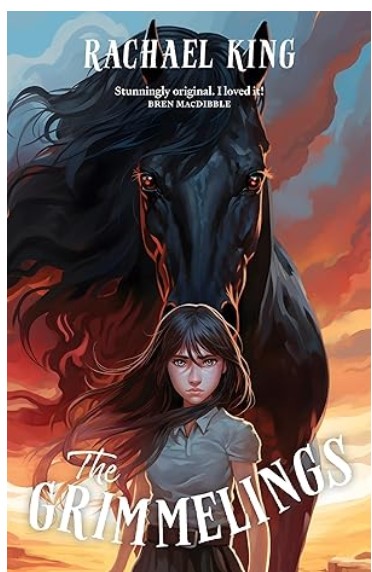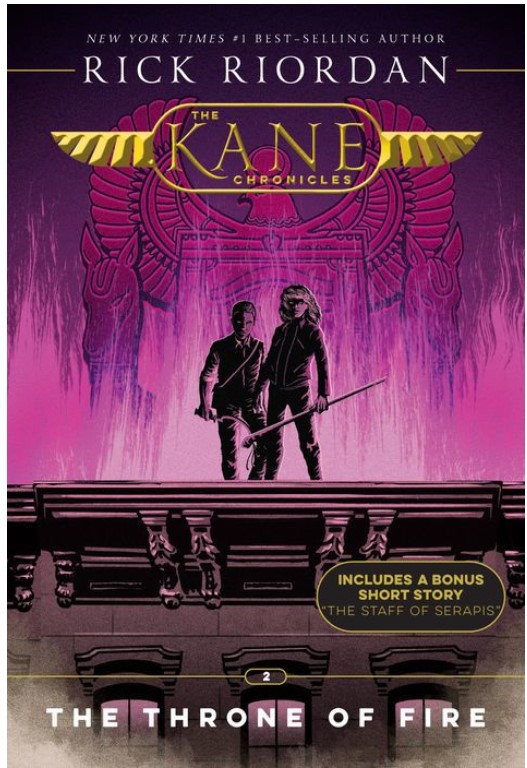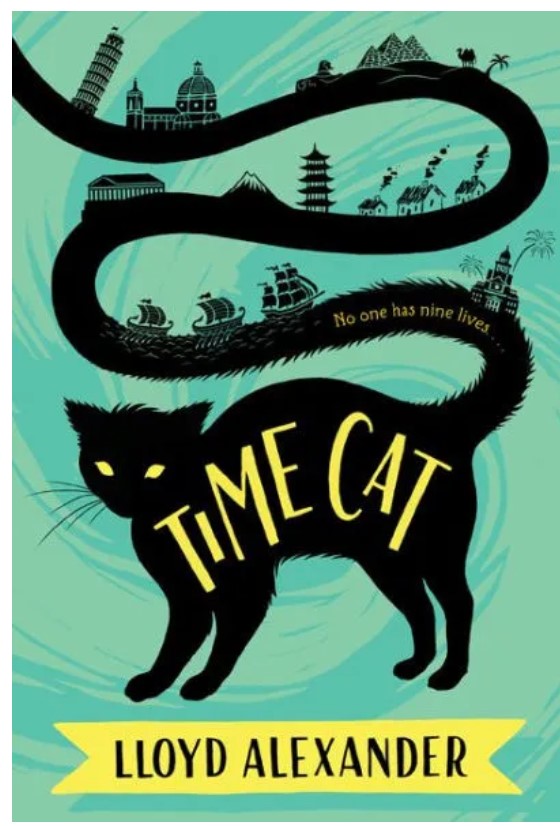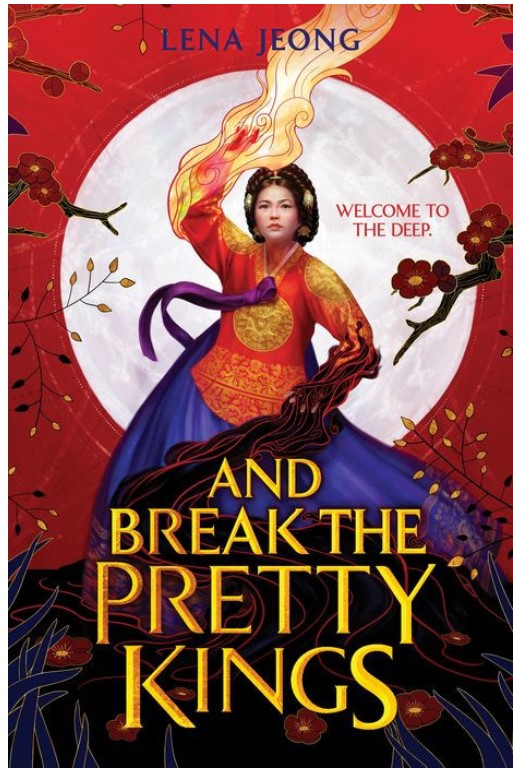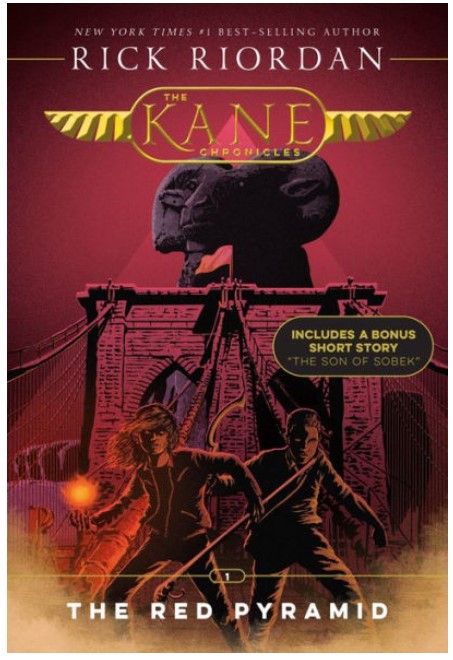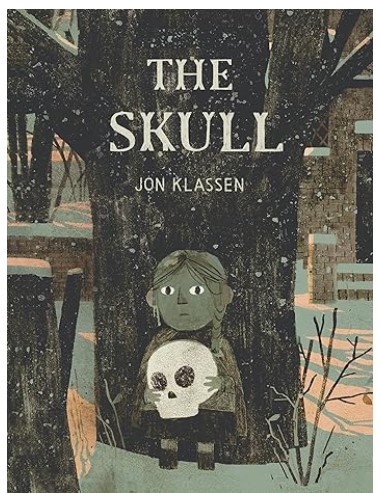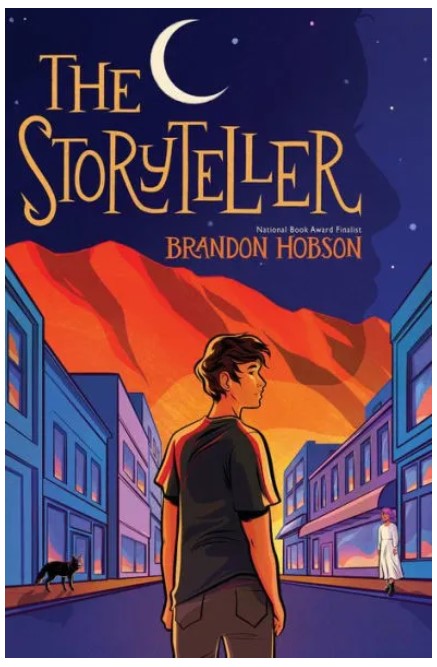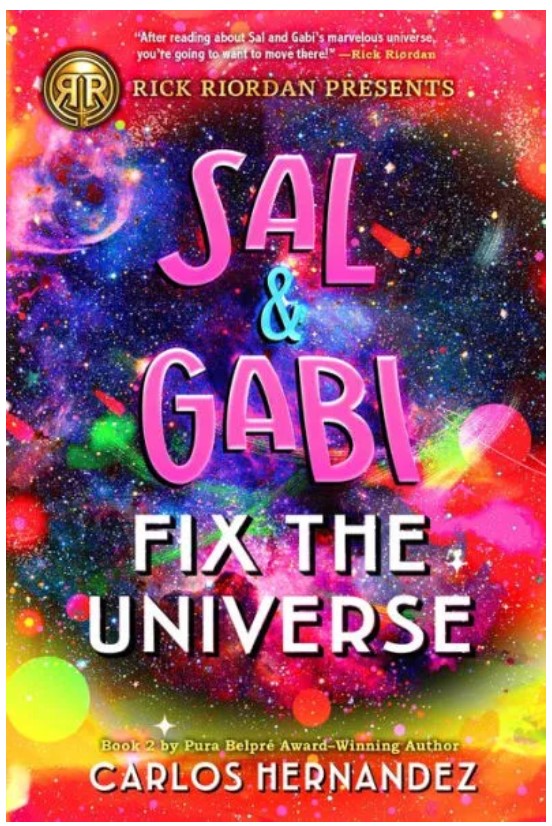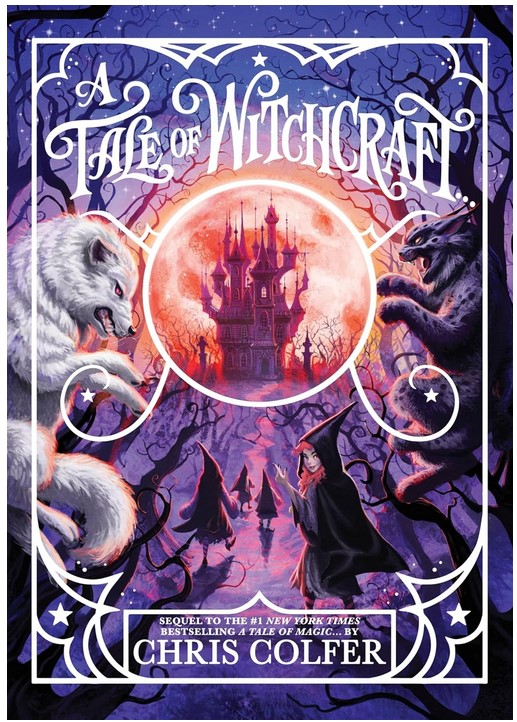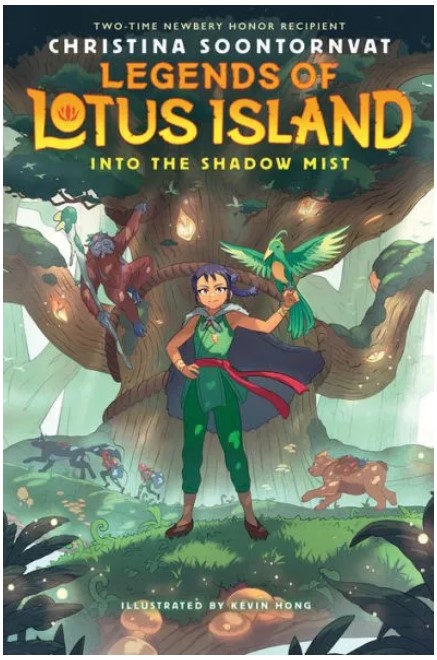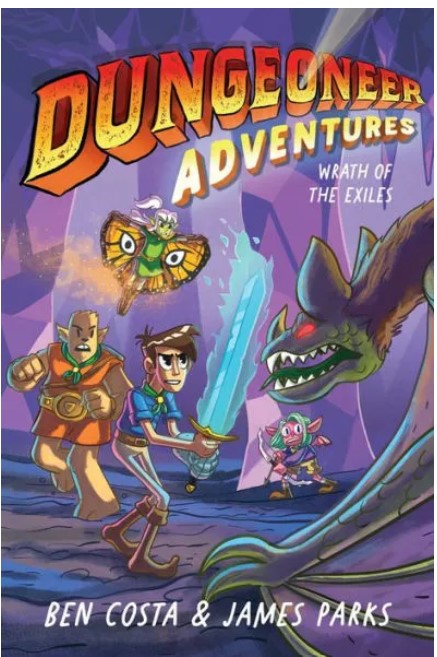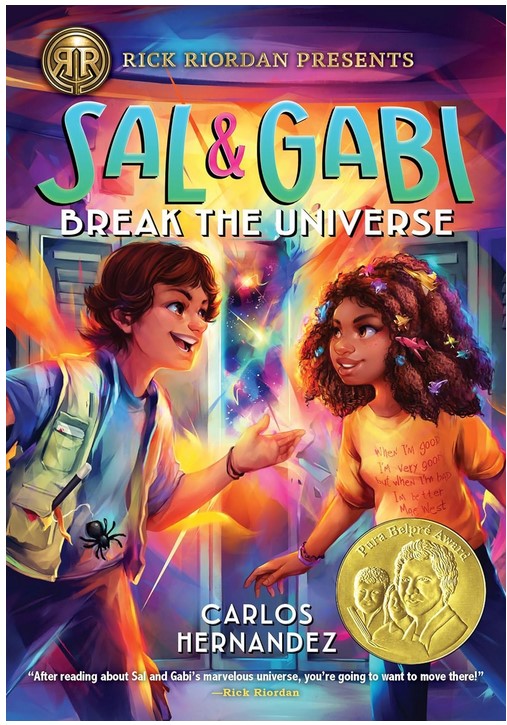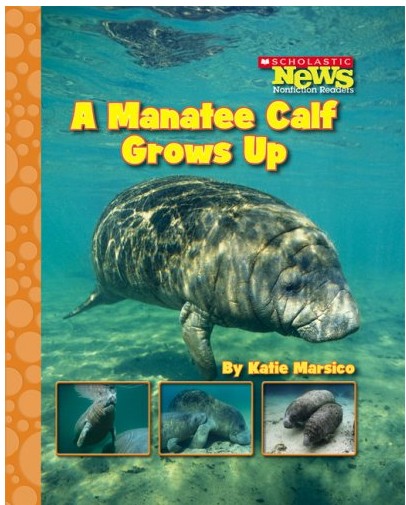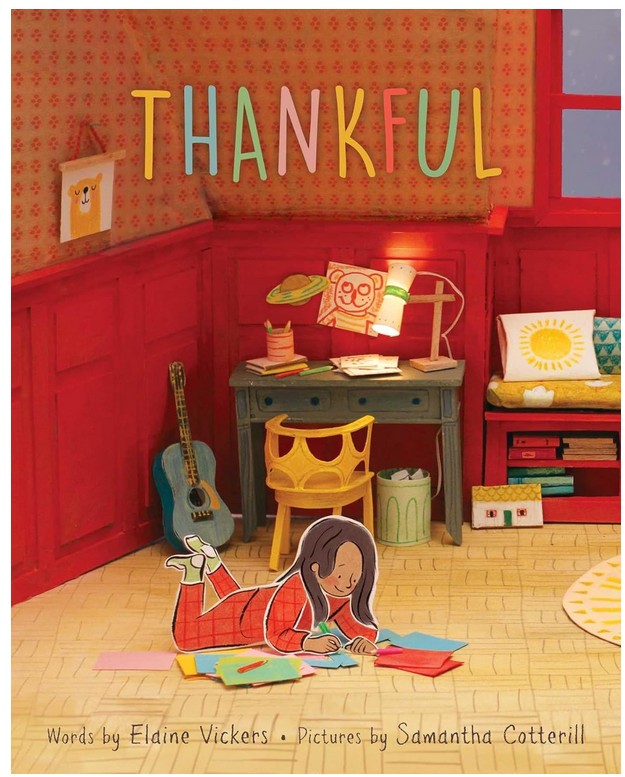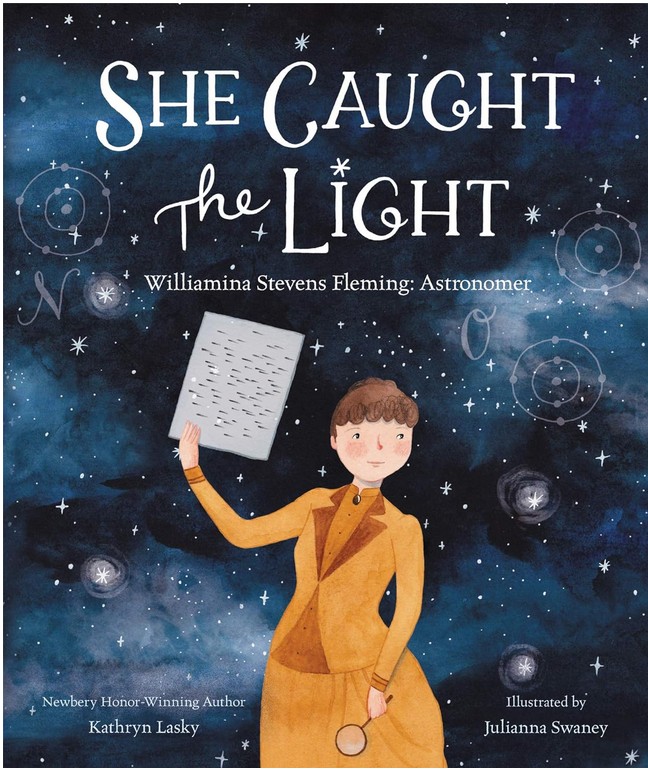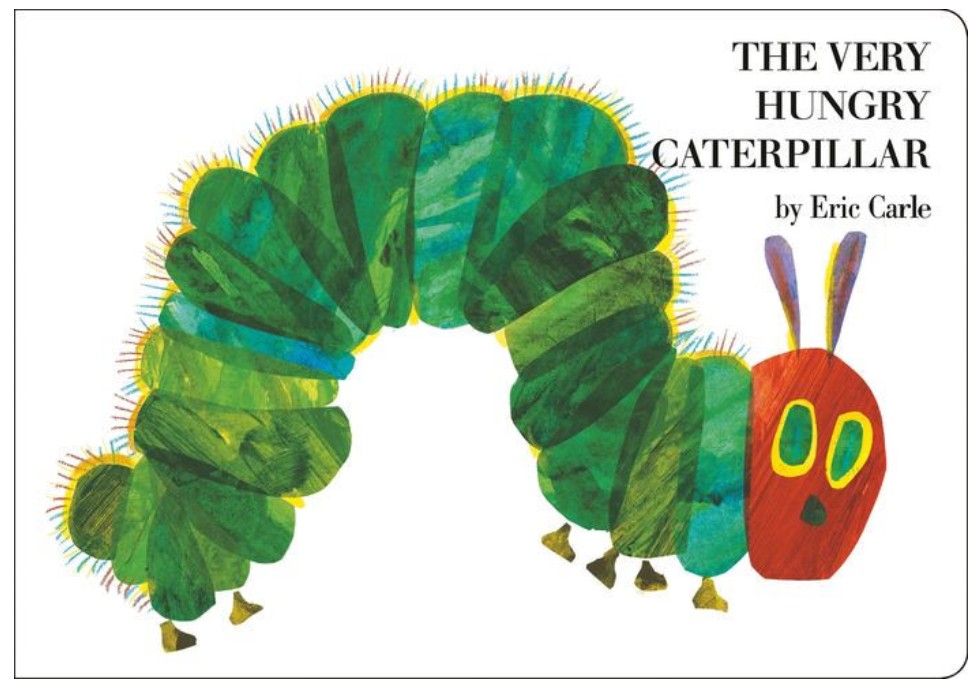Ava Baldwin has always tried to keep her anger in check, just like her mom taught her. But when know-it-all classmate Owen King tries to speak over her yet again, Ava explodes . . . and Owen freezes, becoming totally unresponsive.
Although Owen recovers, Ava’s parents whisk her off to her mother’s alma mater, the Accademia del Forte, a mysterious international boarding school in Venice. There, Ava and her brother, Jax, discover that the Olympian gods founded the Accademia to teach the descendants of mythological monsters how to control their emotions and their powers and become functioning, well-adjusted members of society.
But not everything at the Accademia is as it seems. After her friend Fia is almost expelled for challenging a teacher, Ava realizes the school is hiding a dangerous secret. To uncover the truth, Ava and her new friends embark on an adventure that could change the way they view history, mythology—and themselves—forever . . . or end their lives.
Everyone is secretive about Ava’s ancestry, heightening Ava’s dread of finding out the mythological monster from which she is descended. Despite the school motto, “Ancestry is not destiny,” Ava is upset when she discovers that she is descended from the worst monster of all—Medusa. At first Ava keeps this secret because she doesn’t want others to judge her based on her lineage. But a teacher tells her, “Just because you are descended from a monster, doesn’t mean you will become one. The choice is yours.” Despite being a granddaughter of Medusa, Ava is a relatable character to whom readers will connect because of her insecurities and her desire to have friends.
Ava has a small group of friends—Fia, Layla, and Arnold—who notice how women, including the goddesses, are treated unfairly. For example, when Fia is too outspoken, a teacher curses her, causing her to lose the ability to speak. To save their friend, the group travels to an island to find Medusa, who has also been cursed. Medusa says, “Stories are powerful. That’s why the male Olympians shaped the myths to celebrate and protect themselves. Look at those stories carefully. They either transform women into objects that have no voice—like a tree or a spider—or else they turn them into monsters.”
At first, Ava relies on the Greek Myths to teach her about the gods and goddesses. However, she soon realizes that many of the myths have multiple versions. Ava has the opportunity to meet many of the goddesses and monsters, and she witnesses firsthand how the gods manipulate history in order to retain power. The interactions between the gods and goddesses amplify the mistreatment of women, and warn readers to question history since “history is the story the powerful tell. It’s not always the true story.”
Ava’s story takes the Greek gods and goddesses off of Mount Olympus and puts them in a modern-day setting, creating a fast-paced and exciting story full of danger and adventure. As the story unfolds, readers will see the gods, goddesses, and monsters in a new light. To help bridge the two worlds, the story includes references from both modern-day sources, such as Twilight and ancient texts such as The Odyssey. The story reinforces the importance of liking yourself and using your voice. In the story’s conclusion, Ava says, “When you’re afraid to speak out and be yourself, it’s almost as lonely as being stuck on an island.” While Ava and her friends learn the importance of speaking up, Medusa reminds them, “You can’t change the world by force.”
Sexual Content
- While discussing Medusa’s linage, Ava thinks, “Perseus had survived only by looking at Medusa in reflection, but that seemed like a tough way to conceive a child.”
- The kids try to find out who fathered Medusa’s child. They find a love letter between Artemis and Orion. Ava reads the letter. “Thinking about Artemis snuggling up to Mr. Orion made her shut the drawer in a hurry.”
Violence
- Odysseus is referred to several times. Ava’s mom tries to teach her how to stay calm. Ava thinks, “All she’d done was teach her some breathing exercises, as if counting breaths had ever stopped Scylla from snacking on Odysseus’s men, as if all the Minotaur needed wasn’t yearly human sacrifice and a little yoga.”
- One of the teachers reads a letter from a past student. “I am writing you from an asylum for the criminally insane. I could not control my powers and killed a man.”
- In class, a “saw kicked up and landed on Arata’s forearm, chopping it clean off.” There was no blood because Arata is a Hydra, who can regrow limbs.
- Ava’s classmates talk about “how Perseus had lopped off Medusa’s head.”
- Ava’s friend Fia gets angry and “smoke billowed out of Fia’s mouth. . . Everyone dove to the floor as the fire shot up, scorching the ceiling.”
- When Fia begins bellowing fire, the teacher calls on Poseidon. “The windows of the classroom blow out as a wave of water poured in. Fia screamed as the wave sped straight for her, dumping itself over her head, and extinguishing her.” Fia learns that she is the descendant of a Chimera, “which was part lion, part goat, and part serpent.”
- A bully sees a boy crying, so “he hung me upside down out the window again…I really thought he was going to drop me this time.”
- Ava and her friends go to an abandoned island, Poveglia. It’s a “medieval plague island where victims were left to die. Then it became the site of a really horrible insane asylum where the patients were tortured. It’s supposedly haunted.”
- The kids travel to Tartarus to talk to Hecate. Along the way, “bolts of greenish lightning illuminated giants chained to the walls, iron collars around their necks. . . The Titans thrashed against their chains cursing Zeus.”
- In Tartarus, Ava and her friends see a forest of trees. The trees “begun to writhe, and Ava realized they weren’t ordinary trees either but the twisted forms of women and girls. The tortured screams and cries were coming from inside them.” Hecate says, “They are woman and girls who disobeyed the gods and have been transformed.”
- While in Tartarus, a Cerberus appears. “A head rounded the corner. It was as large as a bull’s, with glowing red eyes, a thick neck and enormous jaws.” The Cerberus attacks Ava. She “concentrated her stare on the pair of red eyes closest to her own. The first head lurched back, then froze in midair. . . [the third head] darted forward and bit her thigh. . . Ava felt something warm and wet, and when she looked down, she realized she was standing in a pool of blood.”
- To save Ava’s life, her brother Jax “jabbed something into his arm, and when he pulled it out, he was bleeding too. . . His blood dripped onto her—she could feel its warmth as if it were real.” Since Jax is a descendant of a Gorgon, his blood has healing powers.
- Athena turns into an owl and attacks Ava. “The owl dug its talons into Ava’s shoulders. Ava screamed in pain as it yanked her up off the ground. [Ava’s friend] Fia lunged just in time to grab Ava’s feet before she could be carried away.”
- Ava tries to freeze Mr. Orion, but Zeke, a school bully helping Mr. Orion, “rushed Mr. Orion like a football player, knocking him backward with such force that the headmaster toppled onto the floor, dropping his club.” Later, Ava discovers that Zeke was Layla in disguise.
- When the kids learn too much, Poseidon sends a flood to the school. “The pressure of the water on the glass had to be dangerously strong. . . With a smash of glass, the windows blew out. A torrent of cold seawater slammed into them, knocking them over and tumbling them around.” This is when the kids learn that they can breathe under water.
Drugs and Alcohol
- To stop Dionysus from voting in line with Zeus, “Hestia poured too much wine for Dionysus, then changed his vote after he passed out.”
Language
- Ava calls a boy a jerk.
- Athena calls a student “pathetic, a monster and a loser.”
- Athena calls the goddess of the hearth an “old fool.”
- Zeke, the school bully says, “Shut up bird boy. . . You tried to make a fool out of me too! I should have dropped you on your stinky face long ago.”
- Zeke calls another student “goat girl.”
Supernatural
- In Ava’s world, the Greek gods, goddesses and monsters are real and still alive. Since all of them have powers, only some are listed below.
- Ava gets angry at Owen, a boy in her class. Unintentionally, Ava freezes him. “He stayed silent. Ava studies his face for a twitch of his lip or a flutter of his eyelid. In response. . . A trickle of drool ran down his chin.” He is taken to the hospital and recovers.
- Ava and the other kids at the Accademia are at dinner when “coils of water sprang into the air from every goblet and pitcher in the room and combined to form shapes—dolphins leaping over waves, a herd of flying horses, a whirling ring of dancers.”
- When the kids start to clap, “the swirls of water combined into waves and scooped up the applauding students. . . they were carried high over the tables on the foamy swells.”
- Hermes cast a spell on the students so the students’ “native tongue” can be understood by anyone.
- Layla, one of the students, is “a descendant of an Empusa—a shape-shifting vampire.” Layla can shape-shift and uses this power to pose as a teacher and get Ava out of trouble.
- Athena, in disguise, appears in the Great Hall. “The little old man leaped to his feet, transforming into an enormous horned owl that circled the Great Hall with an angry screech. The owl swooped down over the student’s heads with its sharp talons bared, making them flinch. . .” She also transformed into a soldier, and finally a young woman.
- After Fia is disrespectful, a teacher curses her so she can’t speak or communicate by writing. One of the teachers says, “She’s lucky it’s not worse: having her liver eaten every day like Prometheus or forced to spend eternity in a state of hunger and thirst like Tantalus.”
- Ava is given Hades’s helmet of invisibility which she uses to steal a boat. When Ava takes the boat, the captain yells, “My boat! A spirit has taken my boat!”
- Poseidon tries to stop Ava and her friends from reaching Poveglia. A wave “barreled toward them growing larger and larger—twenty feet, fifty, one hundred—as it sucked up the water of the lagoon. . . Ava could make out the barest outline of the sea god’s craggy face and some wisps of a long white beard in the wall of water.” Ava’s friend, Arnold, turns into a harpy and flies the kids to safety.
- A student uses a spell to open a terrarium with a goddess trapped inside. “Open case, open glass / The strength of gods will let me pass / This seam unseal, this spell undo, / By Zeus’s power, let me through.”
Spiritual Content
- None

